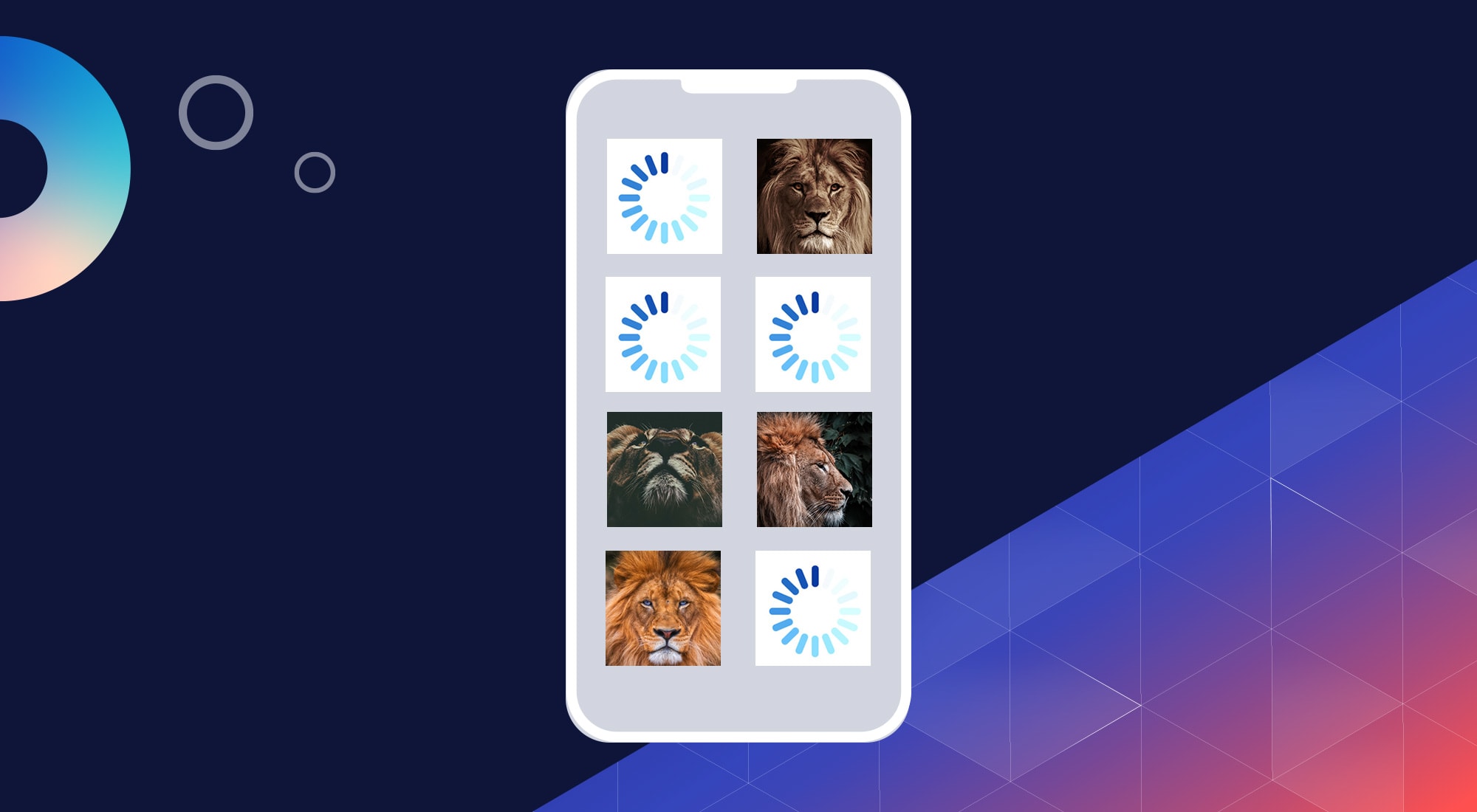
The Ultimate Overview to Mobile Optimization: Methods for Enhancing Site Efficiency on Smartphones and Tablets
The techniques for improving site performance on mobile platforms go beyond plain adjustment; they include a detailed technique that includes responsive style, rate optimization, material strategies, and customer experience enhancements. By delving into the details of mobile optimization, services can not just satisfy user assumptions but additionally stay in advance in a competitive electronic landscape.
Relevance of Mobile Optimization
Mobile optimization plays an essential role in boosting user experience and driving conversion prices in the ever-evolving digital landscape. With the raising use smart devices and tablets for surfing the web, guaranteeing that websites are enhanced for smart phones has become critical for companies - Mobile Optimization. A mobile-optimized internet site not just adjusts effortlessly to various screen dimensions but additionally loads promptly, offering customers with a smooth and pleasurable searching experience
In today's busy world, individuals anticipate instant access to info on the go. A site that is not enhanced for mobile gadgets threats losing prospective consumers because of slow down packing times or a poor interface. By buying mobile optimization, organizations can accommodate the needs of their mobile audience, causing greater involvement and increased conversions.
Additionally, search engines like Google prioritize mobile-friendly internet sites in their rankings, making mobile optimization necessary for boosting presence and bring in organic traffic. Mobile Optimization. Overall, the significance of mobile optimization can not be overstated, as it directly influences customer contentment, conversion prices, and total organization success in the electronic realm
Responsive Style Techniques
Executing responsive layout techniques makes certain that websites dynamically change their layout and web content based on the customer's gadget display size, giving a consistent customer experience across different systems. Among one of the most common approaches used in receptive design is producing fluid grids that permit web content to resize proportionally to the display dimension. This ensures that aspects on the website maintain their relative spacing and plan, maximizing the watching experience for customers on various devices.
Furthermore, using adaptable images that can scale with the size of the viewport helps prevent pictures from being chopped or misshaped on smaller sized screens. CSS media questions play an important duty in receptive style by allowing developers to apply particular designs based upon the tool characteristics such as display size, elevation, and alignment. By leveraging media queries, internet sites can adjust their design and style to match mobile phones, tablet computers, and desktop computer displays flawlessly.
Integrating responsive design techniques not only boosts user experience yet additionally adds to enhanced search engine positions, as search engines like Google prioritize mobile-friendly websites in their mobile search outcomes. By welcoming receptive design, sites can accommodate the varied requirements visit this site of individuals accessing content on a variety of devices, ultimately driving interaction and conversions.
Speed and Performance Optimization

One secret technique is optimizing photos and multimedia content to minimize data sizes without endangering top quality. Pressing photos, leveraging modern picture styles like WebP, and lazy packing offscreen images work approaches to quicken load times (Mobile Optimization). Reducing HTTP requests, leveraging internet browser caching, and reducing server response times are critical steps in boosting efficiency.
Carrying out a content distribution network (CDN) can also substantially enhance website rate by dispersing web content across numerous web servers worldwide, decreasing latency for individuals accessing the website from various locations. Focusing on crucial above-the-fold web content and postponing non-essential manuscripts can further enhance regarded efficiency. By concentrating on rate and performance optimization, web sites can supply a seamless and gratifying user experience on mobile gadgets.
Mobile-Friendly Web Content Methods
To enhance material for smart phones, it is vital to prioritize readability and engagement via tactical formatting and concise messaging. Mobile-friendly web content techniques include tailoring the presentation of info to fit the smaller screens and on-the-go nature of smart device and tablet customers. One vital aspect is to ensure that text is quickly understandable without the requirement for zooming in, making use of font dimensions that are understandable on mobile displays. In addition, breaking up material into shorter paragraphs and utilizing bullet factors can aid boost readability and make it easier for users to eat information quickly.
Integrating check these guys out interesting visuals, such as pictures and video clips maximized for mobile viewing, can likewise improve Click Here the overall customer experience. These visuals ought to matter, premium, and load promptly to stop users from wearying. Incorporating interactive elements like tests, surveys, or surveys can improve individual involvement and motivate energetic participation.
User Experience Enhancements
Building on the foundation of mobile-friendly material strategies, enhancing customer experience entails optimizing every touchpoint to make certain smooth communication and contentment for mobile individuals. One essential element of enhancing customer experience on mobile tools is ensuring quick filling times.
Enhancing types for mobile individuals by decreasing the number of fields and utilizing auto-fill functions can also improve the overall individual experience. By concentrating on these customer experience improvements, websites can successfully engage and retain mobile visitors.
Conclusion
Finally, mobile optimization is vital for boosting internet site performance on smart devices and tablets. By implementing responsive design techniques, optimizing speed and efficiency, developing mobile-friendly content, and enhancing individual experience, businesses can efficiently get to and engage with their mobile target market. It is important for web sites to adjust to the enhancing mobile usage trends in order to stay competitive in the electronic landscape.